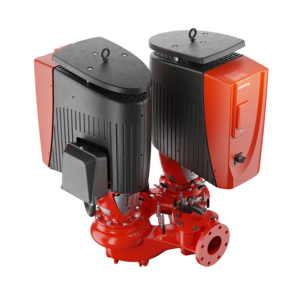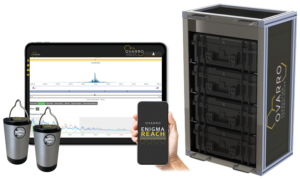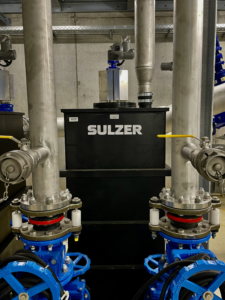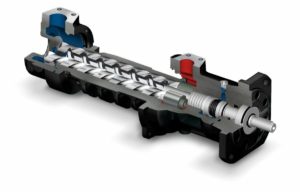Water Treatment and Flow Market Has Double-Digit Growth Segments
Droughts, contamination and growth are creating markets for flow and treatment of water which exceed GDP. In some segments, double-digit growth is forecast for the coming decade. McIlvaine has identified these high growth segments in its various water related market reports.
The segment with the highest growth rate is ballast water treatment for vessels. Presently, a few hundred systems are installed in vessels for the purpose of preventing the escape of potentially invasive species to the lakes and harbors where freight is loaded and ballast water is discharged. Over the next eight years, more than 50,000 ships will be fitted with systems costing as much as $1 million each. Filters to remove particles larger than 50 microns will be included in each system.
A means to kill organisms, such as ultraviolet light, ozone oxidation, or chemicals will be necessary. Because large amounts of water have to be discharged in relatively short periods, there will be a significant opportunity for the suppliers of pumps and valves. These systems will be highly instrumented both to insure effectiveness and minimize consumables costs. Additional monitoring instrumentation will need to be acquired by testing firms and laboratories to serve more than 500 ports around the world.
Unconventional gas and oil exploration and processing will also generate fast growing markets for water treatment and flow products and services. Proposed U.S. EPA regulations as well as regulations already in place in Pennsylvania and other states will result in substantial investment in systems to treat produced water from various extraction operations and flow back water from shale fracturing.
A number of very expensive treatment systems and recovery of water through evaporation are in the planning stages. Filters are challenged to remove dissolved solids which can be as high as 25 percent of the total fluid being processed. Pumps and valves have to deal with very high levels of corrosive chlorides and other difficult chemicals.
Extensive monitoring systems will be required to measure water quality in groundwater and aquifers. There will need to be early investments to determine baseline contamination prior to drilling. Due to this lack of a baseline, it is presently unclear whether some of the problems are a result of drilling or were pre-existing.
There are many double-digit geographic growth segments. Desalination activity will remain at a high level in the Middle East, but will not grow as fast as it will in China and a number of other countries. Sales of systems and products to treat municipal wastewater and drinking water will grow at double-digit rates in a number of developing countries.
There are also certain product categories which will enjoy double-digit growth. One example is the high pressure pumps needed to move millions of gallons of water, sand and chemicals down two miles at high pressure to fracture shale. Another example is elecrtrodeionization which is finding uses in ultrapure water, desalination and even treatment of water for fracking.
Source: The McIlvaine Company







